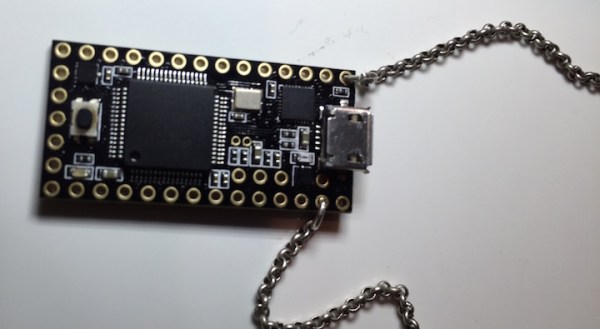DNS spoofing/poisoning is the attack discovered by [Dan Kaminski] back in 2008 that simply refuses to go away. This week a vulnerability was announced in the uClibc and uClibc-ng standard libraries, making a DNS poisoning attack practical once again.
So for a quick refresher, DNS lookups generally happen over unencrypted UDP connections, and UDP is a stateless connection, making it easier to spoof. DNS originally just used a 16-bit transaction ID (TXID) to validate DNS responses, but [Kaminski] realized that wasn’t sufficient when combined with a technique that generated massive amounts of DNS traffic. That attack could poison the DNS records cached by public DNS servers, greatly amplifying the effect. The solution was to randomize the UDP source port used when sending UDP requests, making it much harder to “win the lottery” with a spoofed packet, because both the TXID and source port would have to match for the spoof to work.
uClibc and uClibc-ng are miniature implementations of the C standard library, intended for embedded systems. One of the things this standard library provides is a DNS lookup function, and this function has some odd behavior. When generating DNS requests, the TXID is incremental — it’s predictable and not randomized. Additionally, the TXID will periodically reset back to it’s initial value, so not even the entire 16-bit key space is exercised. Not great. Continue reading “This Week In Security: UClibc And DNS Poisoning, Encryption Is Hard, And The Goat”












